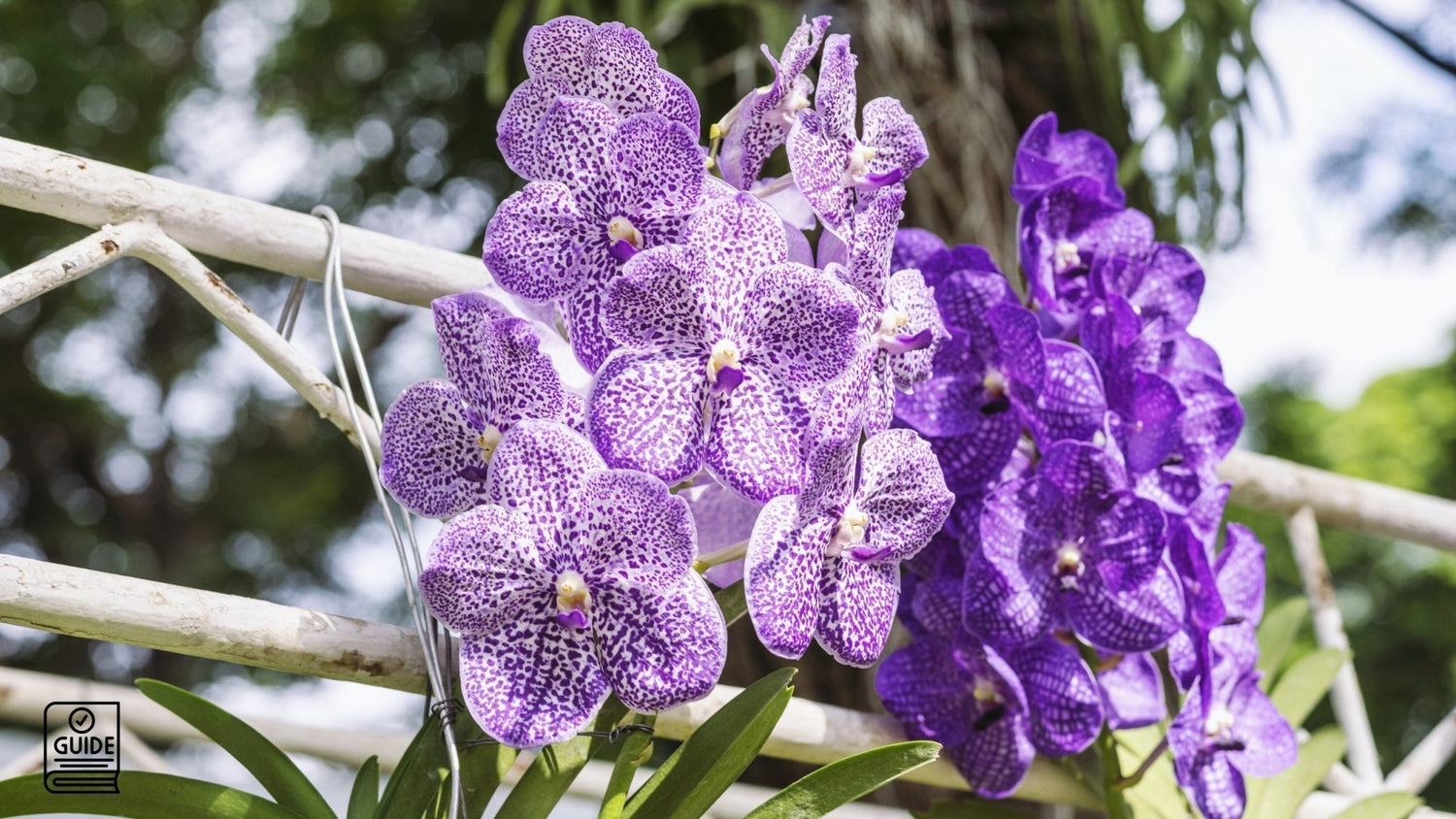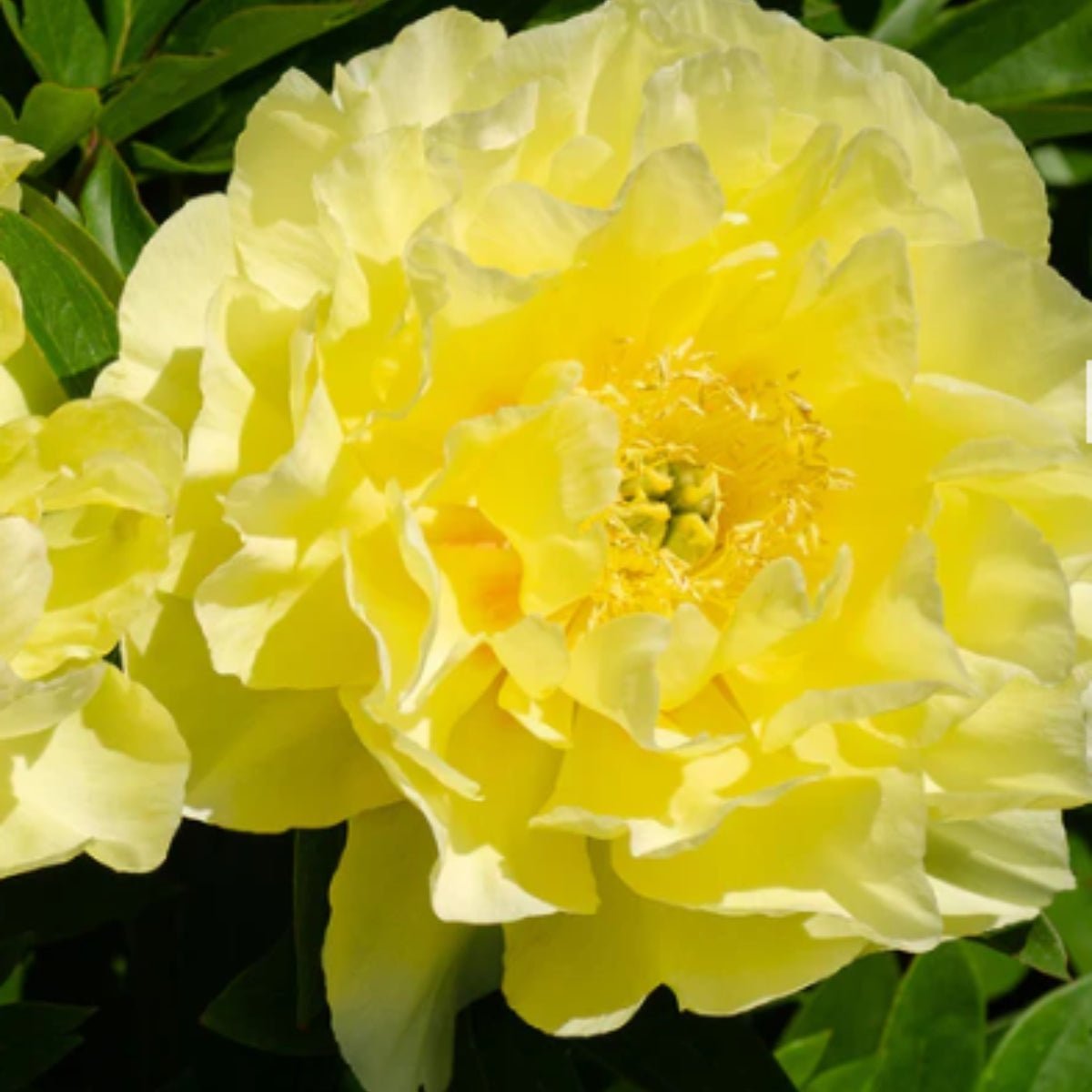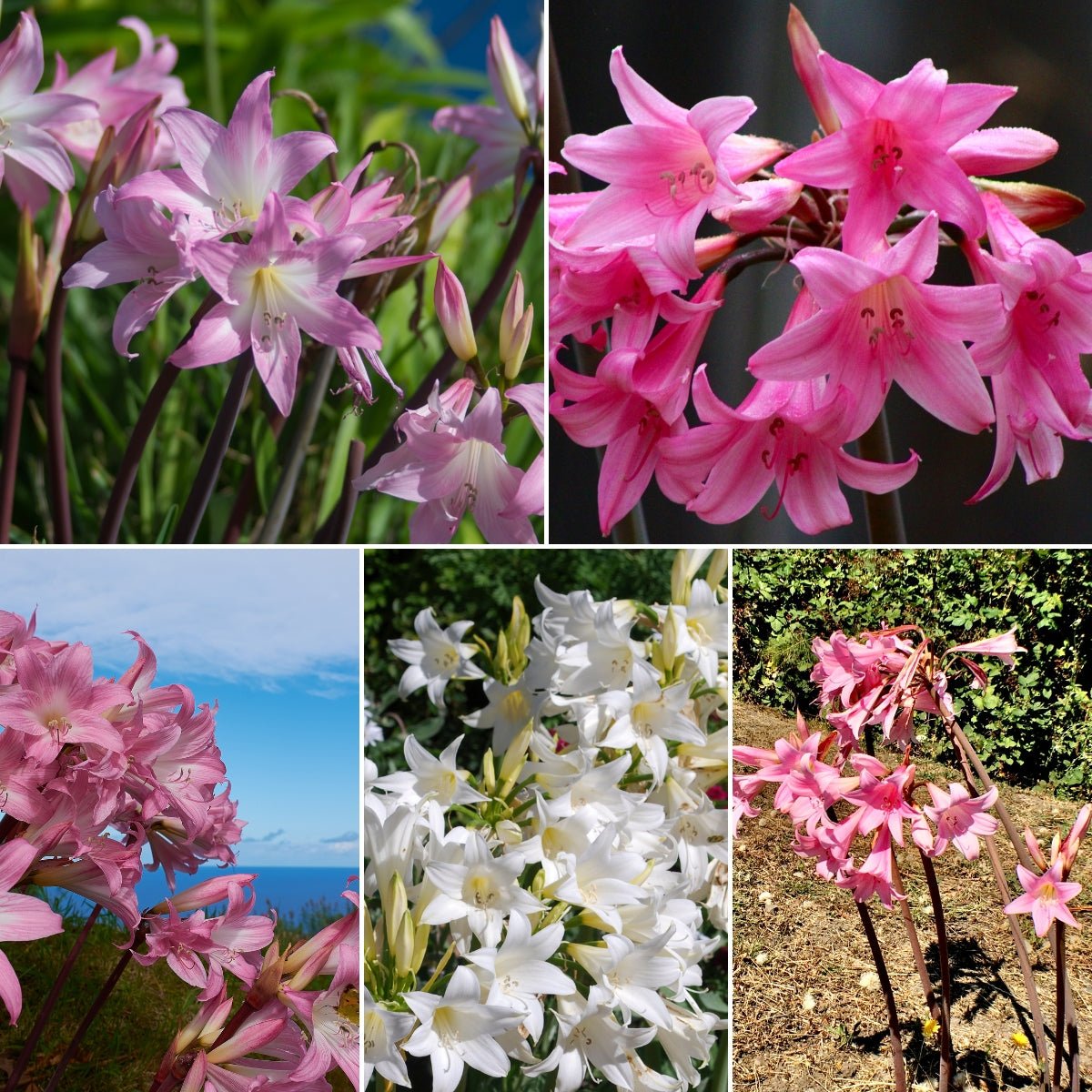Welcome to the vibrant world of alliums, where the beauty of ornamental onions captivates gardeners and onlookers alike. Known for their striking spherical blooms and ease of care, alliums add a dramatic flair to any garden setting. Whether you're drawn to the towering giants or the delicate smaller varieties, growing alliums can be a rewarding experience with just a bit of guidance. So, let’s dive into the essential tips and tricks for growing alliums that will ensure your garden is a showcase of these spectacular blooms.
Planting the Perfect Alliums
When to Plant: Allium bulbs thrive when planted in the fall, about 4-6 weeks before the ground freezes. This timing allows for root establishment before the winter dormancy period.
Choosing the Right Spot: Alliums love the sun! Choose a location that receives full sun, meaning at least 6-8 hours of direct sunlight daily. They're not particularly fussy about soil as long as it is well-drained. Poor drainage is the nemesis of healthy allium bulbs, so consider amending heavy clay soils with sand or compost to improve soil structure.
Planting Depth and Spacing: A general rule of thumb is to plant allium bulbs three times as deep as their diameter. For most varieties, this means 6-8 inches deep, with spacing of about 8-12 inches apart, depending on the size of the bulb and the variety's mature size.
Caring for Your Alliums
Watering Needs: After planting, give your alliums a good soak to help settle the soil around the bulbs. During the growing season, they require minimal watering unless there's a prolonged dry spell, as alliums are quite drought-tolerant.
Fertilization: Alliums will benefit from a light application of a general-purpose fertilizer in early spring as they start to grow. Avoid over-fertilizing, which can lead to lush foliage at the expense of blooms.
Post-Bloom Care: Once alliums have bloomed and the flowers begin to fade, you can cut back the flower stalks but leave the foliage. The leaves will continue to gather sunlight and strengthen the bulb for the next season. When the leaves have yellowed and died back, they can be removed.
Propagation and Division
Alliums can be propagated by dividing overcrowded clumps in late summer or early fall. This is also a good time to assess and replace any bulbs that haven’t performed well. Division not only helps to rejuvenate your alliums but also to increase your stock.
Common Issues and Solutions
While alliums are relatively trouble-free, they can occasionally fall prey to common bulb issues like rot if planted in poorly drained soil. Ensuring good drainage is key to preventing this. Pests and diseases are rare, but it's always a good idea to practice crop rotation if you're planting alliums in a vegetable garden setting to minimize potential problems.
Conclusion: Embracing Allium Elegance
Alliums offer a unique blend of architectural beauty and ease of care, making them a must-have for any gardener looking to add a wow factor to their beds and borders. By following these straightforward planting and care tips, you'll be well on your way to enjoying the stunning spheres of alliums that will captivate and enchant through the spring and early summer. So why wait? Plan your allium additions today, and prepare for a breathtaking display that will be the envy of the neighborhood.
Happy gardening, and may your alliums grow tall and bloom brightly, bringing joy and drama to your garden for many seasons to come!





